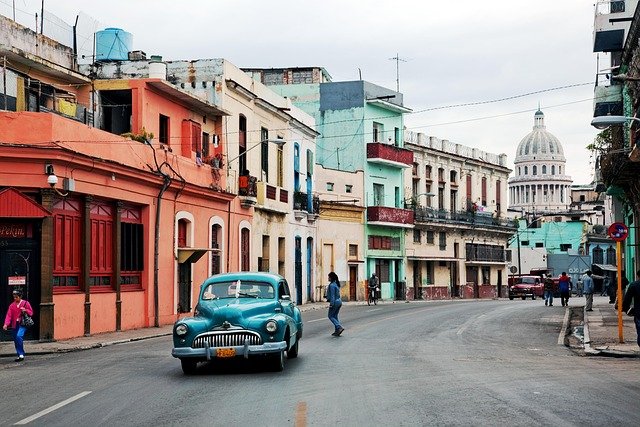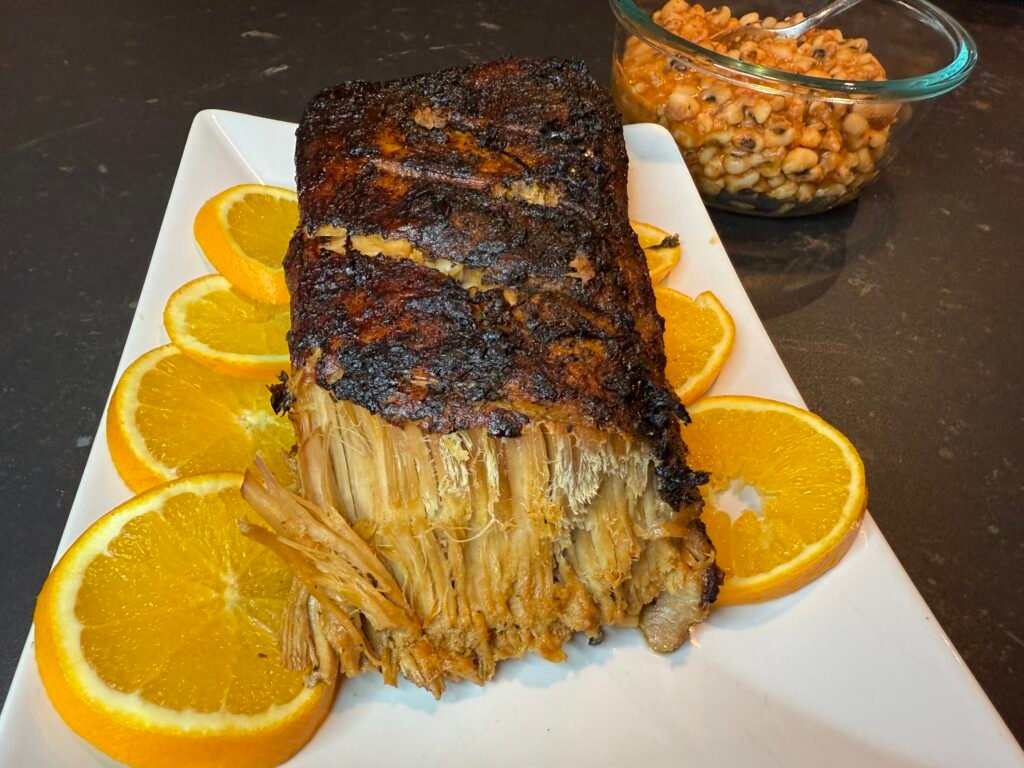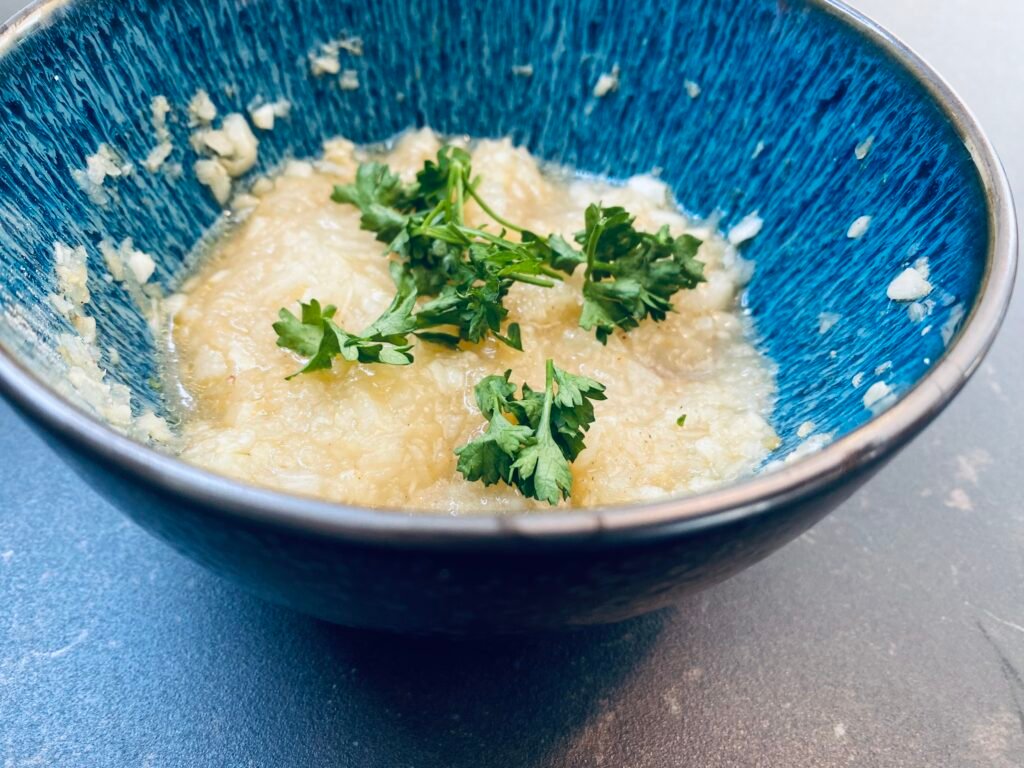Cuba, located in the Caribbean, is an island rich in history and culture, known for its revolutionary past, colonial architecture, vibrant music and idyllic beaches. Founded in 1492 by Christopher Columbus, Cuba remained a Spanish colony until the end of the 19th century, before becoming a republic in 1902. After the 1959 revolution, under the leadership of Fidel Castro, Cuba established a socialist regime which has shaped the country for decades. Cuban culture is a fascinating mix of African, Spanish and Caribbean influences, visible in music, dance (notably salsa and mambo), and syncretic religion. Street festivals, carnivals and live music are an integral part of Cuban life, with a warm and welcoming atmosphere.
Today, Cuba is a popular destination for its authenticity, its history, and its unique atmosphere, attracting travelers curious to discover its landscapes and culture.
Traditional Gastronomy and Gluten Free Options
Cuban cuisine is simple but flavorful, based on local ingredients like rice, black beans, pork and tropical fruits. It is strongly influenced by Spanish, African and Caribbean cuisines, with nourishing and minimally processed dishes. Fortunately, many Cuban dishes are naturally gluten-free, making it a great destination for those following a gluten-free diet.
Here are some traditional gluten-free Cuban dishes:
- Ropa Vieja : One of Cuba's most iconic dishes, featuring shredded beef slow-cooked with tomatoes, peppers, garlic and onions. It is served with white rice, making it a naturally gluten-free dish.
- Moros y Cristianos : A mixture of rice and black beans, flavored with garlic, onions and spices. This dish is naturally gluten-free and is a common accompaniment to Cuban meals.
- Yuca con Mojo : Yuca (cassava) is a local tuber that is boiled and served with a sauce made from garlic, oil and lemon. This dish is naturally gluten-free.
- Picadillo : A dish made with ground meat, tomatoes, olives and raisins, often served with rice and plantains. This dish can easily be prepared gluten-free.
These dishes illustrate the simplicity and richness of Cuban cuisine, while being suitable for gluten-free diets.
The Must-See Things to Visit in Cuba
Cuba is an island full of historic sites, natural wonders and charming cities. Here are some must-sees to explore during your stay:
- Havana : The capital of Cuba is a city where time seems to stand still, with its colorful colonial architecture, vintage cars and bustling streets. Be sure to visit the Malecón , the iconic promenade, and the Capitol .
- Trinidad : A UNESCO-listed colonial city, famous for its cobblestone streets, pastel houses and bohemian vibe. It is a true historical gem.
- Viñales : Located in a lush valley, this region is known for its tobacco plantations and karst landscapes. Perfect for nature and hiking enthusiasts.
- Varadero : A seaside resort famous for its white sand beaches and crystal clear waters. Ideal for relaxing and enjoying the Cuban sun.
These places represent the cultural and natural diversity of Cuba, a country where history and nature meet in an enchanting setting.



